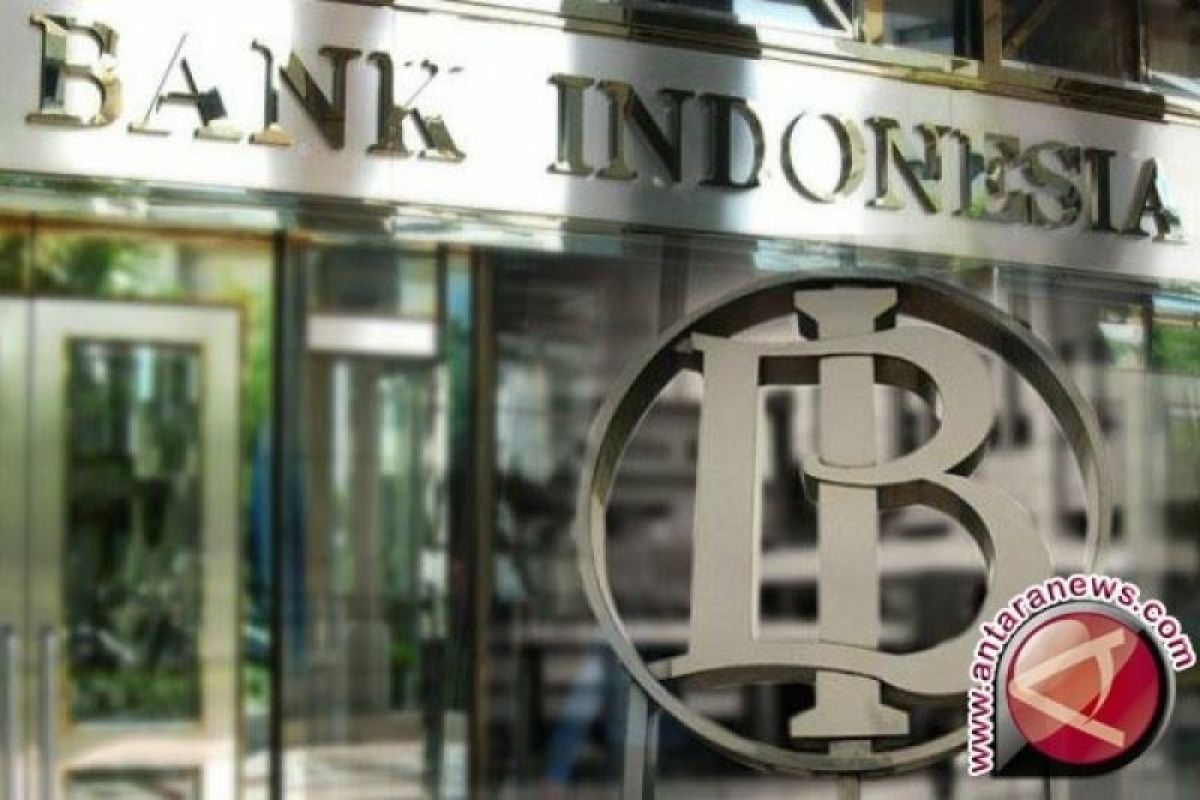Such conditions mirror solid investor confidence in the national economic outlook and attractive domestic financial markets, as well as less uncertainty in global financial marketsJakarta (ANTARA) - Indonesia's external debt at the end of fourth quarter (Q4) 2019 was recorded at US$404.3 billion, comprising public debt (government and central bank) of US$202.9 billion, and private debt, including state-owned enterprises, of $201.4 billion.
Indonesia’s external debt decelerated to 7.7 percent year-on-year (yoy), from 10.4 percent yoy in the previous quarter.
Such conditions stemmed from the government and private external debt, for which the growth moderated, according to a statement from the BI Communication Department received in Jakarta, Monday.
The government’s external debt growth slowed from the previous period at $199.9 billion in Q4 of 2019, wherein the growth declined, from 10.3 percent yoy to 9.1 percent yoy in the previous quarter.
The growth was supported by an influx of foreign capital to the domestic government securities market and issuance of dual currency global bonds, specifically in the euro and US dollar.
Such conditions mirror solid investor confidence in the national economic outlook and attractive domestic financial markets, as well as less uncertainty in global financial markets.
The management of government external debt is prioritized to finance the economy, whereas the largest portion is directed towards productive sectors that can promote economic growth and boost public welfare, among others, the human health & social work activities sector, 19.1 percent of the government external debt; construction sector, 16.6 percent; education sector, 16.2 percent; public administration, defense & compulsory social security sector, 15.4 percent; and financial & insurance sector, 13.3 percent.
A downward trend in the private external debt growth continued from the earlier quarter. At the end of Q4 of 2019, private external debt grew 6.5 percent yoy, down from 10.8 percent yoy during the last quarter.
The lower growth was led by financial institution external debt, which fell, from 6.8 percent yoy to 2.9 percent yoy, as well as non-financial institution external debt that dropped, from 12.1 percent yoy to 7.6 percent yoy.
Sectorwise, the debt was dominated by the financial & insurance sector, electricity, gas, & water supply sector; manufacturing sector; and mining & drilling sector, with share amounting to 76.9 percent to the total private external debt.
Indonesia maintained a healthy external debt structure supported by the application of prudential principles in its management.
The condition was mirrored in the indicator of Indonesia's external debt to gross domestic product (GDP) ratio in 2019, at 36.1 percent, which was relatively stable as compared to that in the last quarter.
Moreover, the debt structure continued to be dominated by long-term debt, accounting for 88.3 percent of the total external debt.
BI, in close coordination with the government, continues to monitor the external debt by promoting the prudential principle application in its management to maintain a solid external debt structure.
Furthermore, the role of external debt will also be optimized in supporting development financing without incurring the risks that may affect macroeconomic stability. Related news: Structure of Indonesia`s external debts remains healthy: BI
Related news: Indonesia`s external debts remain manageable: central bank
EDITED BY INE
Translator: A Buchori, Azis Kurmala
Editor: Fardah Assegaf
Copyright © ANTARA 2020












